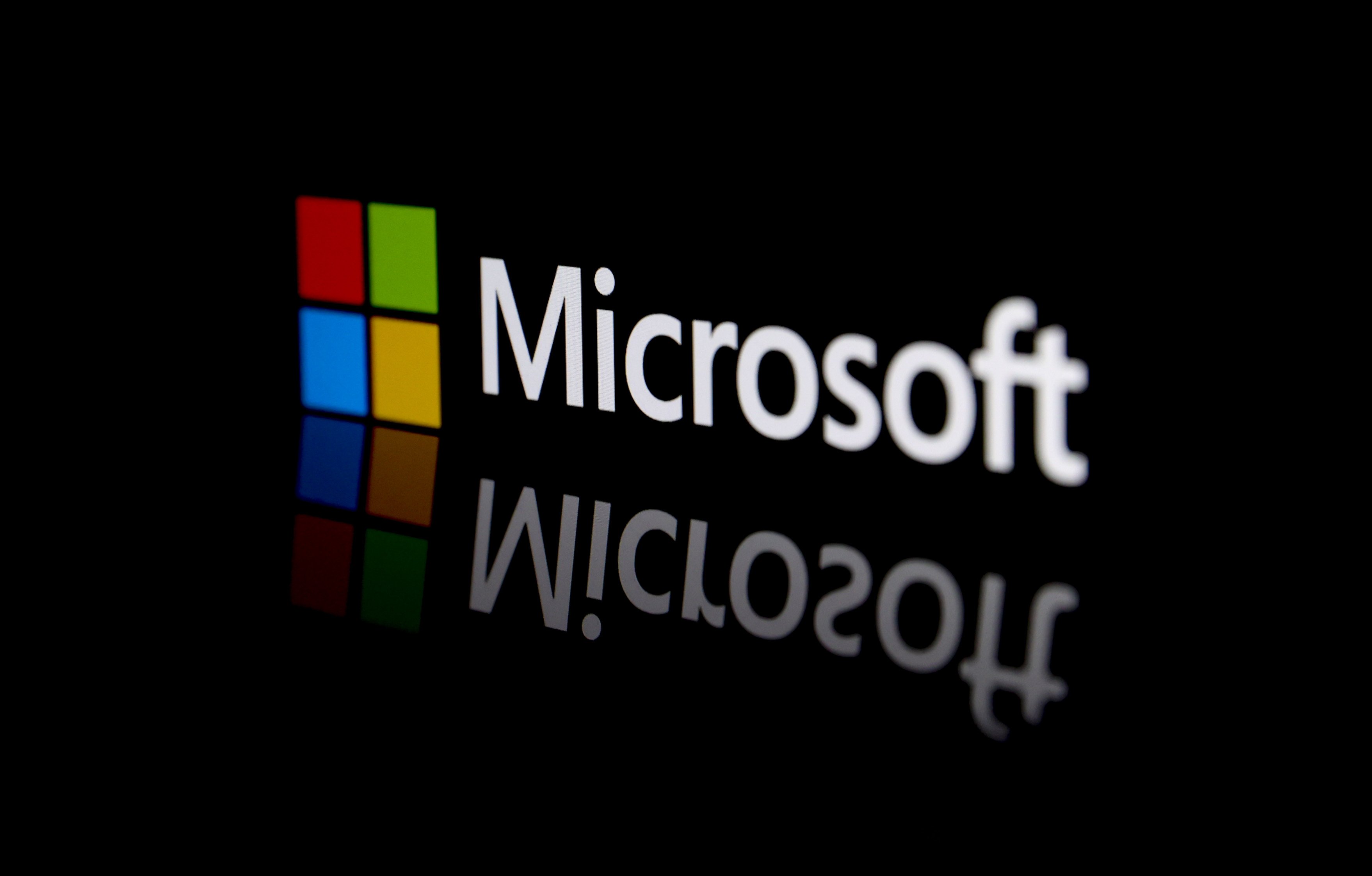There may never be a good time for a corporate shakeup, but what is the market to make out of Microsoft's (MSFT +0.43%) move last night to show Windows head Steven Sinofsky the door?
The job that Sinfosky did running the software giant's flagship division is debatable. The move to expand the roles of executives Julie Larson-Green and Tami Reller is also open for discussion.
However, the one thing that is clear is that it's just flat-out lousy timing to make this move just three weeks after the company introduced Windows 8.
There was -- and is (let's not write this operating system obituary just yet) -- a lot riding on Windows 8. It's a bold update, and the first by Microsoft to be tablet-centric. However, it also comes at a time when PC sales have been stagnant. The smartphone and tablet computing boom is fueled, by and large, by Apple's (AAPL 0.68%) iOS and Google's (GOOG +1.09%) Android.
Microsoft usually waits several years between Windows refreshes. If Windows 8 isn't a hit, what will the landscape be like when it finally gets around to its next update? Will the market even care? Will Google's penchant for open source win the masses as Apple corners the high end?
Sinofsky's departure isn't Microsoft throwing in the flag, but it does raise questions.
If initial sales were going so well -- and that's something that we won't know for sure until late January -- why the shakeup at the top? It wouldn't be a surprise to see Surface sales suffering, but are retailers not moving enough of the Windows-8-fueled laptops and desktops? Is Apple getting ready for a new wave of ads that will do to Windows 8 what it successfully did in belittling Windows Vista?
Redmond may have been coasting on the hype of Windows 8, but Microsoft's move last night raises questions and doubts that it would prefer not to address this early in the new operating system's life cycle.






